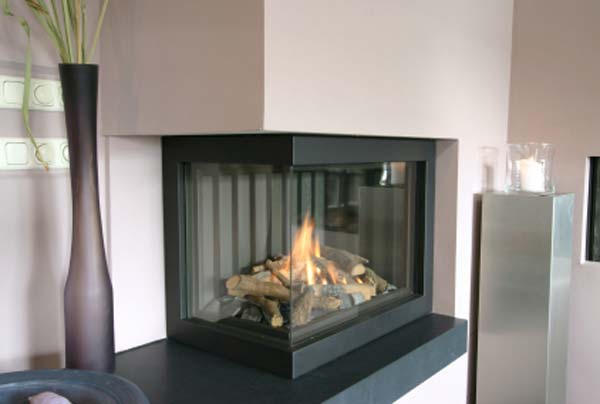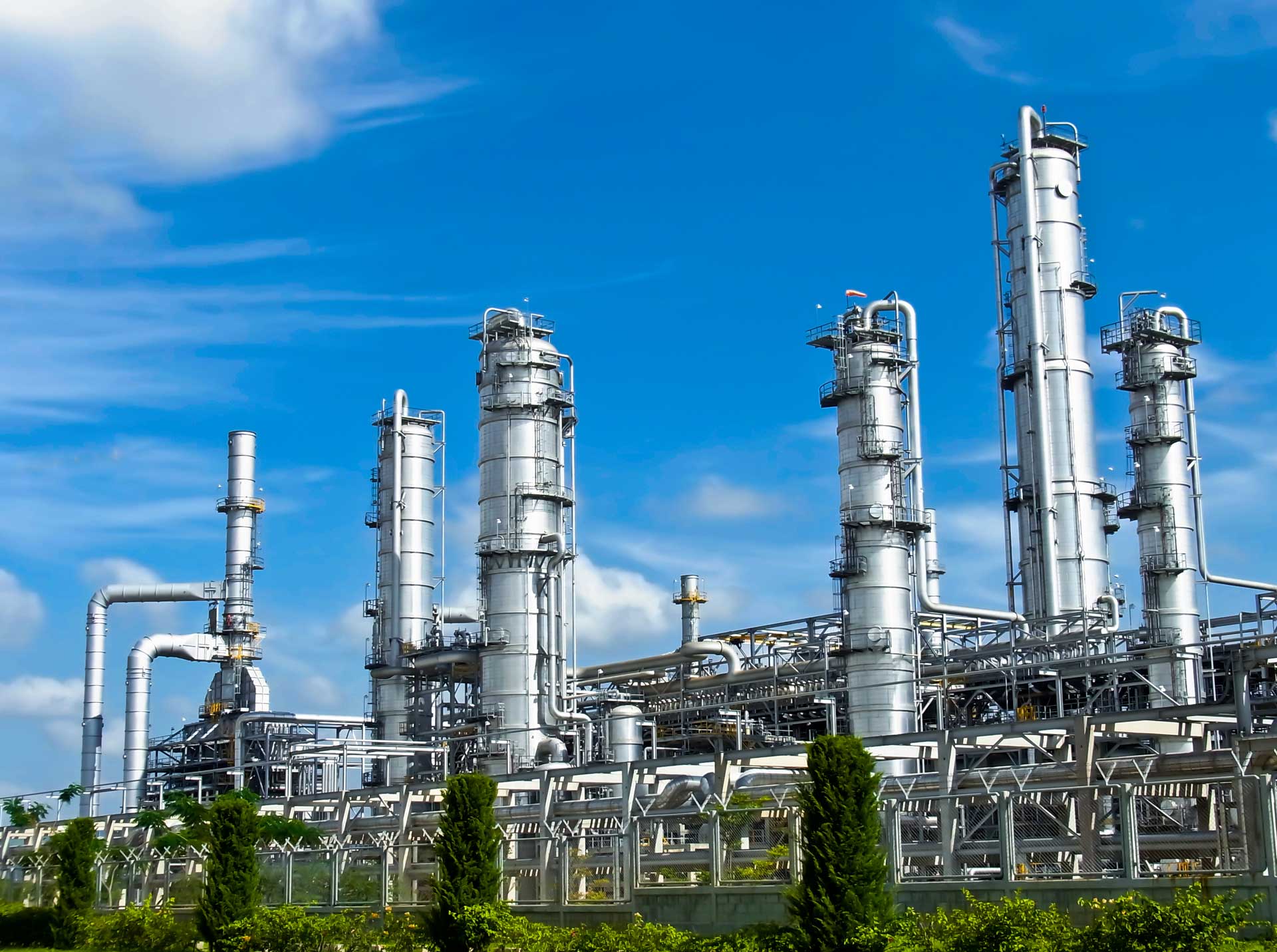How many therms of natural gas does the average home use?
Table of Content
Natural gas-fired plants are currently among the cheapest power plants to construct. Historically, their operating costs were generally higher than those of coal-fired power plants because the fuel was more expensive. Often, policies that reward energy efficiency penalize electrification, for the simple reason that electrification — moving energy uses onto the grid — sometimes raises power consumption, at least in the short term. Properly rewarding energy efficiency and electrification requires coordination across policymaking bodies that don’t always communicate well. Electrification will mean greater demand for electricity and more importance placed on grid flexibility. New power demand needs to be managed well; for instance, in some climates, especially colder climates, more electrified heating will mean bigger demand spikes in colder weeks and months.
Today, the resulting hydrogen is mostly used to produce ammonia for fertilizer, one of the most important industrial products derived from natural gas. The fastest growing use of natural gas today is for the generation of electric power. Natural gas power plants usually generate electricity in gas turbines , directly using the hot exhaust gases of fuel combustion. That heat pumps beat natural gas in all these cases is good news, and needs to be more widely known, but it doesn’t really get at most of those millions of natural gas furnaces already installed and running. It takes burning around 100 cubic feet of natural gas to produce 1 therm of energy.
How Many Therms Does Your Household Use?
Natural gas is used extensively for cooking, heating, and washing, and drying clothes. Climate activists insist that reducing fossil fuel use in homes is needed in order to greatly minimize carbon emissions in the coming decades. When considering both main and secondary heating equipment and fuels, U.S. households choose a diverse set of heating scenarios. Among the 5,687 households that were surveyed in the 2015 RECS, EIA observed over 150 unique combinations of heating equipment and fuels. At a full load of 24kW, the generator uses 203 cubic feet of natural gas per hour while the 22kW uses 228 cubic feet to produce 22kW.
Has our public school system become so infiltrated by the teachers that are brain dead? I wish these people would go to a 3rd world country and try to push their ideals and see how long they would last. Just talk to the people who came to our country legally and love their new country and don’t quite get these people that are trying to DESTROY OUR COUNTRY. Really ! There is a huge difference between hydrogen based fossil fuels and carbon based fossil fuels. Environmentalists need to understand this and not lump all fossil fuels in the ‘to be discontinued’ category.
Energy Disruptions
As a professor on engineering and a thermodynamicist, I want to add two more arguments for the use of natural gas, both in homes and in power production. Republicans argue that banning natural gas in homes is too restrictive and costly to implement. In 2020 the transmission, distribution and storage of natural gas produced around 10 Mt CO2eq emissions (Canada’s total GHG emissions were 672 Mt CO2eq).
Households use electricity for heating, for lighting and to power appliances and electronics. Thirty-eight percent of total energy used by Canadian households was in the form of electricity. A total of 547,096 TJ of electricity was consumed in homes in 2011, up 5% from 2007. However, the average rate remained the same; 40 GJ of electricity were used per household in both 2011 and 2007. Pipeline companies accounted for almost 75% of natural gas delivered to electric power sector customers and more than 50% of the natural gas delivered to industrial sector customers in 2018. In the United States, 553 pipeline companies were operating in 2018, delivering an average of 65 million cubic feet per day (MMcf/d) directly to end users; however, the largest of these companies delivered more than 2,100 MMcf/d.
Health consequences of using biomass for energy
Alternative energy sources such as solar and wind power were used by 171,505 households (1.3%) in 2011. At the provincial level, households in Prince Edward Island had the largest increase in energy consumption, using an average of 19 GJ more per household in 2011 than in 2007; an increase of 15%. Prince Edward Island and Alberta had the highest average household energy consumption for 2011. In the 19th and early 20th centuries, natural gas was used primarily for street and building lighting, providing what was known as gaslight. Today, improved distribution of gas has made possible a wide variety of uses in homes, businesses, factories, and power plants.
Natural gas was the source of about 5% of the U.S. transportation sector's total energy consumption in 2021, of which 95% was for natural gas pipeline and distribution operations. Residential and commercial uses account for over a third of US natural gas consumption, as gas is used in buildings for space and water heating and for cooking. About half of all US homes used natural gas for heating in 2013, and 70 percent of all new homes are built with gas heating systems.
Already, retrofitting homes to an all-electric setup is an expensive endeavor. In fact, a recent study by the San Francisco city government found that retrofitting all housing units that now use natural gas would cost between $3.4 billion and $5.9 billion. Expectedly, the costs will fall mainly on residents, with some subsidies from the city.

Adele Houghton, DrPH ’23, is creating new tools to help real estate teams become more responsive to the health needs of their buildings’ occupants and the surrounding communities. If you smell gas, exit the building and then immediately call your gas company to assess whether there is a leak in or nearby your home. Based on odorant concentrations, small leaks can be undetectable by smell – leaks up to 10 times naturally occurring levels may be undetectable, equating to a methane concentration of about 20 parts per million.
Between December 2019 and May 2021, researchers collected over 200 unburned natural gas samples from 69 unique kitchen stoves and building pipelines across Greater Boston. From these samples, researchers detected 296 unique chemical compounds, 21 of which are federally designated as hazardous air pollutants. The samples were taken from the territories of Eversource Gas, National Grid, and the former Columbia Gas, who together provide service to 93% of Massachusetts gas customers. AGA is committed to reducing greenhouse gas emissions through smart innovation, new and modernized infrastructure and advanced technologies. This pledge includes10 commitments to further reduce methane emissions from natural gas utility systems.

According to theAmerican Gas Association,62 million homes in the U.S are heated using natural gas. As of 2009 this number represented about 56 percent of households in the United States. Approximately 23 percent of the total natural gas consumed nationwide is used for residential purposes. This popularity is also shown through the high proportion of new homes built with natural gas heating. Construction of new homes in the South and in areas lacking pipeline infrastructure may also explain the decrease in homes built with natural gas heating systems.
In 2021 natural gas was used by approximately ⅔ of Canadians in over 7.4 million customer locations across the country. Get useful information about Canada’s natural gas delivery industry at a glance. Burning biomass has significant public health and environmental justice consequences, according to a recent opinion piece co-authored by Harvard Chan School’s Jonathan Buonocore. Climate change puts everyone at risk, but policy decisions and industry actions make some communities more vulnerable to the harms of climate change. Home inspectors and contractors could be required to perform natural gas-appliance leak detection surveys or to measure for ppm-range methane, similar to radon tests done prior to the completion of a real estate transaction. Distribution companies are the local utilities that deliver natural gas to the customer.

Breaks down how Mass households heat by fuels including comparison to rest of New England. Ever since Earth Day was celebrated for the first time in 1970, green living has become a part of the mainstream lifestyle. But it was in 1993with the development of the Leadership in Energy and Environmental standard by a non-profit organization the USGBC, green living entered popular consciousness.
Electricity
EIA's Residential Energy Consumption Survey collects data on fuels used for these purposes, which account for about 65% of 2014 residential delivered energy consumption. The most recent survey data show that homes using natural gas as their main space heating fuel are more likely to also use natural gas for other purposes. Nationally, only 20% of clothes dryers use natural gas, but in homes with natural gas as their main space heating fuel, that percentage increases to 34%. Of the homes using electricity as their primary heating fuel, about 96% used electric clothes dryers.
The direct use of natural gas in America’s homes and businesses achieves 91 percent energy efficiency. The average American home consumes 40 percent less natural gas than it did 40 years ago. Proponents of removing natural gas from homes insist that doing so reduces global warming over time. Switching to electrical heating and cooking means fully electrified homes. Researchers conducted a hazard identification study, which evaluated whether air pollutants are present in unburned natural gas, but did not evaluate human exposure to those pollutants.
Comments
Post a Comment